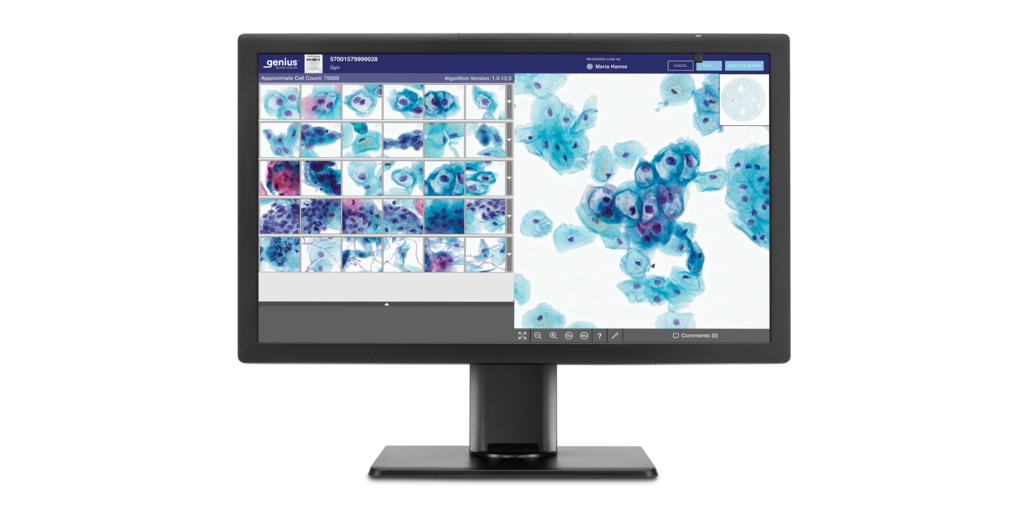Fibromyalgia is a chronic condition that causes widespread pain, difficulty concentrating, sleep problems, fatigue, mood disorders and other symptoms. People with fibromyalgia have abnormal pain perception processing, so they may be more sensitive to pain compared to people without the condition.
Fibromyalgia affects approximately 4 million adults in the US, which is about 2 percent of the US adult population.
The causes of fibromyalgia are unknown, but age is a known risk factor, as most diagnoses occur in middle aged people and the chances of getting the condition are higher in older people. Additionally, people with lupus or rheumatoid arthritis are more likely to develop fibromyalgia. Research suggests that irregularities in the way that the central nervous system processes pain and normal sensations could be the reason for fibromyalgia.
Only three drugs are approved by the US Food and Drug Administration (FDA) to treat fibromyalgia: Pfizer’s Lyrica (pregabalin), Eli Lilly’s Cymbalta (duloxetine) and Forest Laboratories’ and Cypress Bioscience’s Savella (milnacipran).
On Thursday, the FDA granted De Novo authorization for NeuroMetrix to market the Quell® wearable neuromodulation device for treating fibromyalgia. This approval is significant because prior to Quell, there were no FDA-approved medical devices for fibromyalgia treatment.
The Quell device uses non-invasive neuromodulation technology that involves transcutaneous (across the skin) electrical nerve stimulation. The device is the size of a credit card and is enabled by a proprietary microchip that gives high-power and precise nerve stimulation.
This new wearable neuromodulation device uses motion and position sensing to automatically modify the stimulation so that the patient has an optimal user experience. The device may even be used during sleep. It is strapped to a patient’s upper calf with a velcro band and is powered with rechargeable batteries.
The Quell device is restricted to prescription use only to help reduce the symptoms of fibromyalgia in adults with high pain sensitivity.
XTALKS WEBINAR: Using the Pain Catastrophizing Scale in Clinical Research and Practice
Live and On-Demand: Thursday, June 9, 2022, at 11am EDT (4pm BST/UK)
Register for this free webinar to learn what is currently known about the causes and consequences of pain catastrophizing with particular emphasis on the importance of assessing pain catastrophizing in clinical trials of treatments for persistent pain conditions.
“There is an unmet need for effective and safe fibromyalgia treatments. Receiving this De Novo authorization is a key milestone towards the Company’s goal of making Quell available as a prescription treatment option for people living with fibromyalgia,” said Shai N. Gozani, MD, PhD, Chief Executive Officer of NeuroMetrix in the company’s press release.
The clinical trial that led to the De Novo approval was a double-blind, randomized, sham-controlled trial (NCT03714425). A total of 119 adults with fibromyalgia were enrolled and randomized to an active (62 participants) or sham/modified (57 participants) Quell device for three months of at-home use. The participants were categorized with lower or higher pain sensitivity according to Quantitative Sensory Testing.
The primary outcome was Patient Global Impression of Change, which represents a patient’s overall impression of the treatment efficacy on a seven-point scale. The secondary efficacy measures included the Fibromyalgia Impact Questionnaire, Brief Pain Inventory and painDETECT questionnaire. These measures were assessed at baseline, six weeks and three months.
In the patients with higher pain sensitivity, the Patient Global Impression of Change was significantly greater in the active treatment group compared to the sham group. According to the Fibromyalgia Impact Questionnaire, 57 percent of participants on active treatment had a clinically meaningful improvement in their quality of life related to health, compared to 34 percent that had sham treatment. Participants receiving active treatment had significant improvements in 19 out of 21 symptoms in the Fibromyalgia Impact Questionnaire, including pain, fatigue, sleep, balance and the ability to do typical daily activities.
Nine adverse events were documented in the clinical trial that were certainly or possibly due to using the Quell device. All events were self-limited and minor, and the most reported adverse event was a rash beneath the Quell electrodes.
A limitation of the clinical trial was that many of the subjects were also taking medication for fibromyalgia. Therefore, it was challenging to evaluate the effects of the Quell device compared to the medication.
Some of the clinical trial results were published in the Journal of Pain Research last year.
“We believe physicians treating patients with fibromyalgia will be interested in Quell’s potential clinical benefits and safety profile. Our initial commercialization efforts will focus on rheumatologists and pain medicine physicians. We anticipate launching in the fourth quarter, with initial prescriptions processed by an online pharmacy partner before the end of this year,” added Gozani.
In March of 2020, the US Federal Trade Commission (FTC) issued a complaint that NeuroMatrix and Gozani advertised that Quell was an effective treatment for fibromyalgia, shingles, sciatica, osteoarthritis and other chronic pain conditions without dependable scientific evidence to support the claims. NeuroMatrix settled the case for $4 million and the FTC sent refunds of almost $3.9 million to customers who bought Quell.












Join or login to leave a comment
JOIN LOGIN